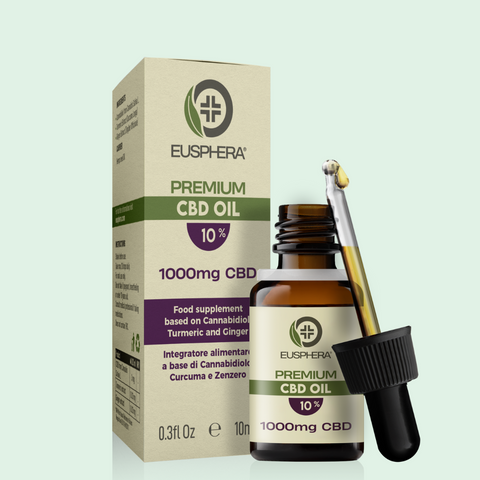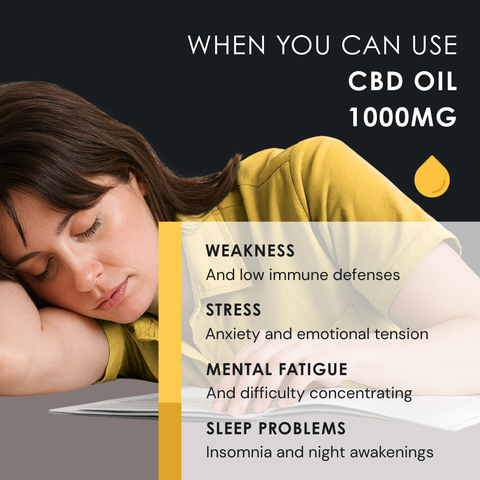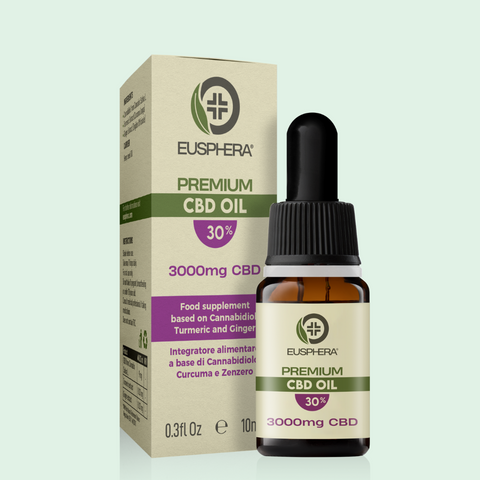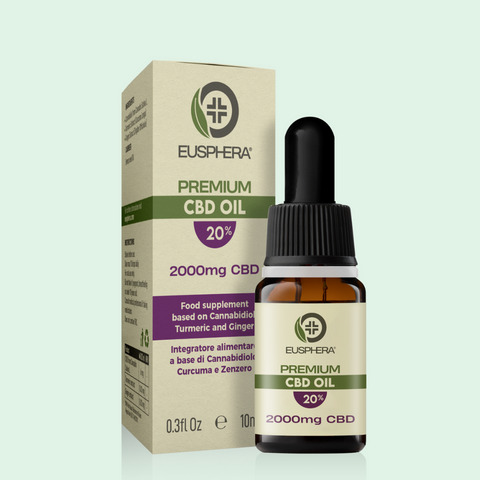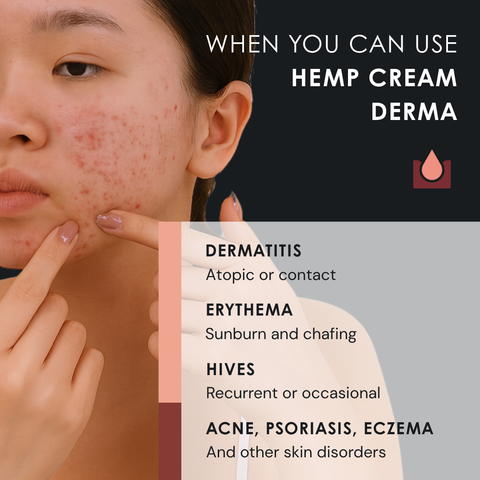Side pain, whether on the left or right, is a common and often underestimated issue. It can appear suddenly or persistently, be sharp or dull, and its location—under the ribs, in the lower abdomen, or in the back—can offer valuable clues about its origin. From simple muscle strains to more complex issues, the causes can vary widely. In this article, we explore the main causes and the most effective natural remedies, supported by scientific evidence. This content is for informational purposes only and is not a substitute for professional medical advice. If the pain is persistent, severe, or accompanied by other significant symptoms, it is essential to consult a healthcare professional.
Causes of Side Pain (Right/Left, Upper/Lower, Front/Back)
The first step in addressing side pain is understanding where it comes from. The side is a broad area that includes muscles, internal organs, and nerve structures. Pinpointing the exact spot is essential:
· Left side pain: may point to issues involving the colon, spleen, kidney, or lower back muscles. If the pain is located under the ribs, it could be colitis; if in the lower left abdomen, it often indicates intestinal or gynecological problems (like ovulation pain, for example).
· Right side pain often involves the liver, gallbladder, large intestine, but also the abdominal muscles and kidneys. Pain under the ribs might suggest a gallbladder attack, while lower pain may relate to the intestines.
· Posterior side pain: if located in the back, the pain may be coming from the muscles, the lumbar spine, or kidneys (as in the case of kidney stones or infections).
· Side pain when lying down: can be a sign of visceral or neuromuscular issues that worsen in the supine position.
The Difference Between Mild Pain and Pain That Requires Medical Attention
Not all side pain is a cause for concern, but certain signs require immediate medical attention. Contact a doctor right away if you experience any of the following symptoms:
● sharp and sudden pain,
● fever, nausea or vomiting,
● blood in urine or stool,
● weight loss,
● pain that doesn’t go away after 2-3 days or worsens.
Side pain can sometimes signal serious conditions such as appendicitis, diverticulitis, kidney infections, pancreatitis, or urinary stones – issues that should never be ignored.
Natural Remedies to Relieve Side Pain
When the pain has a mild muscular or digestive origin, natural strategies can help relax, drain, and soothe the body. Here are a few suggestions.
1. Essential Oils to Relax Muscles and Reduce Inflammation
Among natural remedies, essential oils are well known for their relaxing and anti-inflammatory properties. Let’s look at the most effective ones.
● Lavender: has anxiolytic and muscle-relaxing effects. Several studies[1] confirm its effectiveness in reducing muscle tension and stress.
● Peppermint: according to some research[2], thanks to menthol, it has a relaxing effect on the intestine’s smooth muscles and can relieve abdominal cramps.
● CBD oil (cannabidiol): an active compound from hemp with no psychoactive effects, it has anti-inflammatory and analgesic properties. According to some studies[3], CBD works in synergy with the endocannabinoid system, a crucial biological network for pain and inflammation regulation. It has been studied for its effectiveness in treating chronic pain, including neuropathic pain.
2. Stretching and Relaxation Techniques for Muscle-Related Pain
Movement can be a true therapeutic ally. If side pain has a muscular origin, stretching and mobility exercises can significantly help relieve symptoms. Breathing techniques are also particularly effective in promoting muscle relaxation and overall well-being. Here are some useful tips.
● Targeted stretching: elongation and stretching should always be part of your daily routine, especially in the presence of muscle or posture-related pain. They help release tension, lengthen muscles, and improve overall mobility.
● Yoga: practicing yoga has a positive impact on the body. There’s no need to tackle the most advanced poses: even basic postures are effective in improving flexibility, encouraging muscle elongation, and enhancing breathing.
● Diaphragmatic breathing: learning diaphragmatic breathing helps relax both the body and mind. This technique offers many benefits and can be practiced almost anywhere. The best way is to lie on your back, inhale through your nose while expanding your belly (therefore causing the diaphragm to move), and exhale deeply through your mouth until all air is expelled. This causes the diaphragm to lower again. Diaphragmatic breathing not only improves oxygenation and reduces stress, it can also significantly ease side pain by relaxing the intercostal and abdominal muscles often involved in tension in this area.
● Foam roller or massage ball: do you have a massage ball or foam roller at home (the cylindrical tool often used in gyms or yoga practice)? Regular use helps release tension knots and reduce side pain caused by muscle tightness, offering immediate relief and improving mobility in the area.
3. Nutrition and Natural Supplements to Improve Digestion and Kidney Health
They say we are what we eat. So, if side pain is related to digestive or kidney issues, diet is the first essential step in both preventing and managing symptoms.
A balanced diet rich in fiber and vegetables supports healthy digestion, prevents constipation, and reduces abdominal tension, which often presents as side pain.
Proper hydration, around two liters of water per day, plays a crucial role in maintaining kidney health by flushing out toxins and helping prevent kidney stones, a common cause of intense side pain.
Scientific research has also shown that certain natural supplements can offer significant support to the body.
For example, turmeric[4], thanks to its active compound curcumin, acts as a powerful natural anti-inflammatory, even for chronic visceral pain.
D-limonene[5], a natural compound extracted from citrus peels, provides notable benefits for the digestive tract due to its well-documented gastroprotective and anti-inflammatory properties. It's particularly effective in relieving symptoms like acid reflux and bloating, which can sometimes manifest as side pain.
Finally, natural CBD supplements show great promise—not only do they support the immune system, but they also act directly on inflammation pathways by interacting with specific receptors, offering pain relief with fewer side effects compared to conventional medications.
[1] Lavender and the Nervous System - Peir Hossein Koulivand, Maryam Khaleghi Ghadiri, Ali Gorji, 2013 (https://pmc.ncbi.nlm.nih.gov/articles/PMC3612440/)
[2] The impact of peppermint oil on the irritable bowel syndrome: a meta-analysis of the pooled clinical data - N. Alammar, L. Wang, B. Saberi, J. Nanavati, G. Holtmann, R. T. Shinohara, G. E. Mullin, 2019 (https://pmc.ncbi.nlm.nih.gov/articles/PMC6337770/)
[3] Therapeutic Efficacy of Cannabidiol (CBD): A Review of the Evidence from Clinical Trials and Human Laboratory Studies - Dennis J. Sholler, Lauren Schoene, Tory R. Spindle, 2020 (https://pubmed.ncbi.nlm.nih.gov/33585159/)
[4] Efficacy of Turmeric Extracts and Curcumin for Alleviating the Symptoms of Joint Arthritis: A Systematic Review and Meta-Analysis of Randomized Clinical Trials - James W. Daily, Mini Yang, Sunmin ParkAuthors, 2016 (https://www.liebertpub.com/doi/10.1089/jmf.2016.3705)
[5] D-Limonene: safety and clinical applications - Jidong Sun, 2007 (https://pubmed.ncbi.nlm.nih.gov/18072821/)
